An ergonomic mouse pad is an essential component of a comfortable workspace. It is designed to reduce strain on your wrist and hand while using the mouse and to enhance your device’s tracking abilities for precision. Using an ergonomic mouse pad can lead to improved comfort, better posture, and increased productivity in the long run. This article walks you through the benefits, selection process, and usage of ergonomic mouse pads.
Understanding Ergonomic Mouse Pads
The Importance of Ergonomics
Ergonomics is the study of designing products and environments that fit the individuals who use them. For mouse pads, an ergonomic design aims to maintain the natural position of your hand and wrist. This design can help prevent issues like carpal tunnel syndrome, which is often associated with repetitive strain from tasks like mouse usage.
Features of Ergonomic Mouse Pads
Ergonomic mouse pads typically come with a wrist rest made of memory foam, gel, or a cushioned material that provides support and comfort. Look for a pad with a non-slip base for stability and a smooth surface that promotes precise mouse movements. Some pads feature contours that fit the natural shape of your hand or have adjustable inclines to suit your preferred wrist angle.
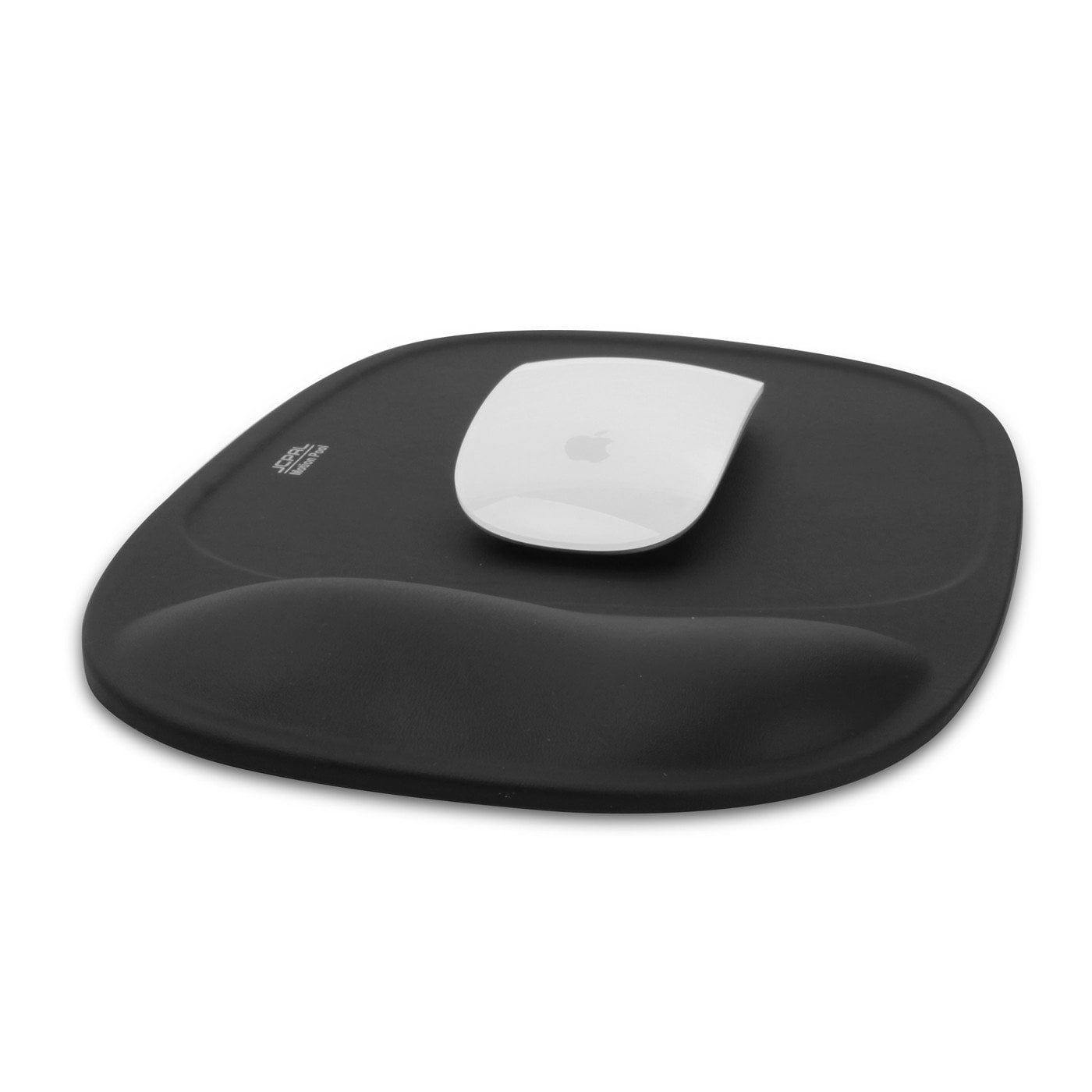
Selecting the Right Mouse Pad
Considering Size and Material
When choosing an ergonomic mouse pad, consider the size of your work area and the movement range you require. You want enough space for comfortable mouse operation without the pad being overly large for your desk. The surface material influences the mouse’s glide and responsiveness, so decide between options like fabric, plastic, or metal based on your sensitivity preference.
Matching Pad to Mouse Type
Ensure that the mouse pad you choose complements your mouse type. For optical and laser mice, look for a pad with fine textures to improve tracking. If you use a ball mouse, although less common nowadays, a pad with a bit more friction can be beneficial. Test different surface types if possible to find out what works best with your mouse.
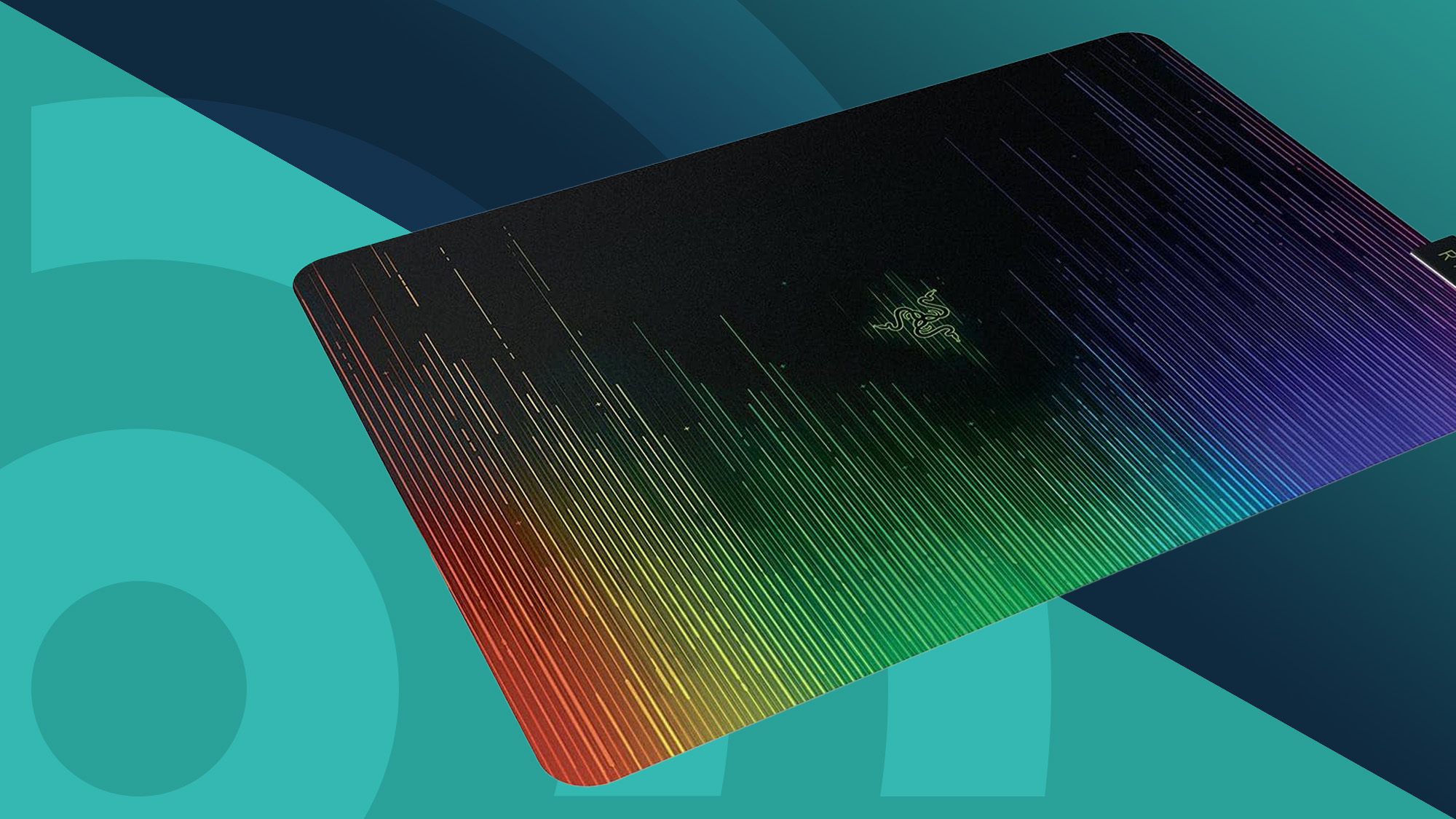
Positioning Your Ergonomic Mouse Pad
Placing for Optimal Comfort
Your ergonomic mouse pad should be at the same level as your keyboard. Place it close enough to maintain a straight wrist while using the mouse. The wrist rest should support your wrist softly, not cause it to bend upwards or downwards. Adjust the pad’s position as needed to reduce strain.
Adjusting for Precision
The ideal mouse pad position allows for fluid, precise mouse movements. You want to avoid overreaching or making awkward movements that could lead to strain or reduce control. Take the time to test different positions until you find one that feels both comfortable and accurate for your typical mouse usage.
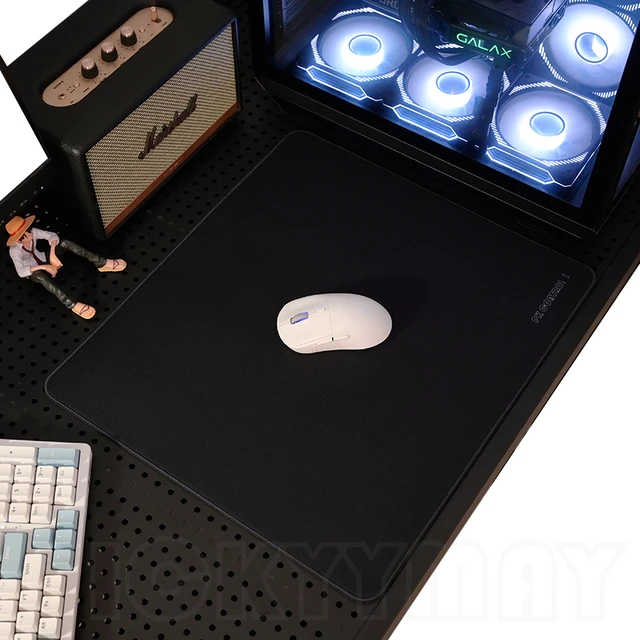
Maintaining an Ergonomic Workspace
Integrating with Other Ergonomic Products
To maximize the benefits of your ergonomic mouse pad, integrate it with other ergonomic products in your workspace. An ergonomic chair supporting your back, an adjustable desk, and a keyboard with wrist support complement your ergonomic mouse pad. When all elements work together, they can significantly improve your overall comfort and productivity.
Regular Breaks and Exercises
Along with an ergonomic setup, take regular breaks and perform hand or wrist exercises to prevent strain. No setup can replace the need for movement and rest, which are vital in maintaining musculoskeletal health. Periodically stretching and flexing your hands ensures ongoing comfort and reduces the risk of repetitive strain injuries.
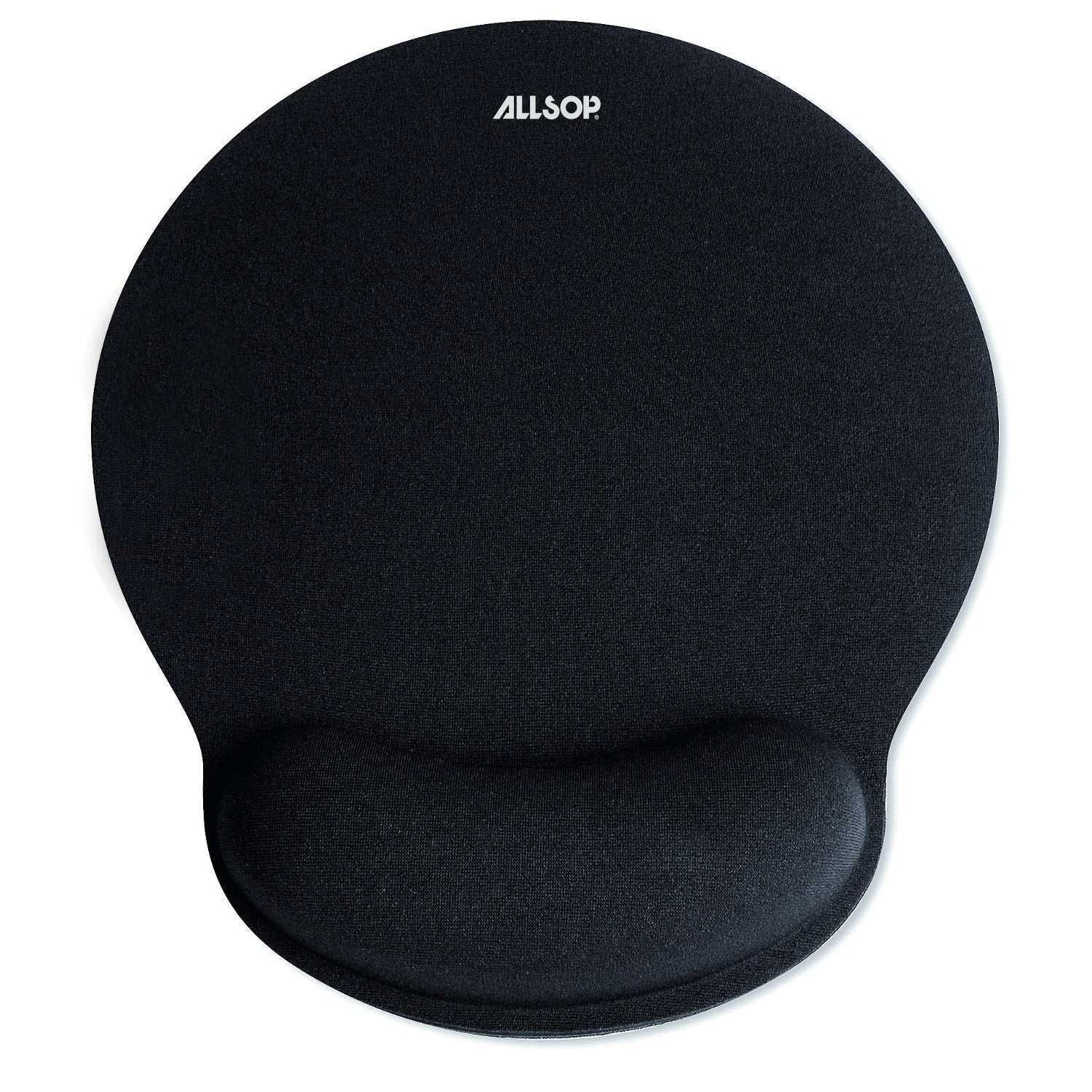
Cleaning and Care
Keeping Your Mouse Pad in Top Condition
To get the most out of your ergonomic mouse pad, keep it clean and well-maintained. Debris and dirt can affect the mouse’s tracking and your comfort. Wipe the surface with a damp cloth regularly, and follow the manufacturer’s instructions for cleaning the wrist rest. If your pad has a fabric surface, look for a machine-washable option for easy cleaning.
Replacing When Necessary
Over time, even the best mouse pads will show signs of wear and tear. If the surface becomes uneven, the wrist rest loses its cushioning, or the non-slip base isn’t holding up, it’s time for a replacement. Using a worn-out mouse pad can reverse the ergonomic benefits and lead to discomfort.
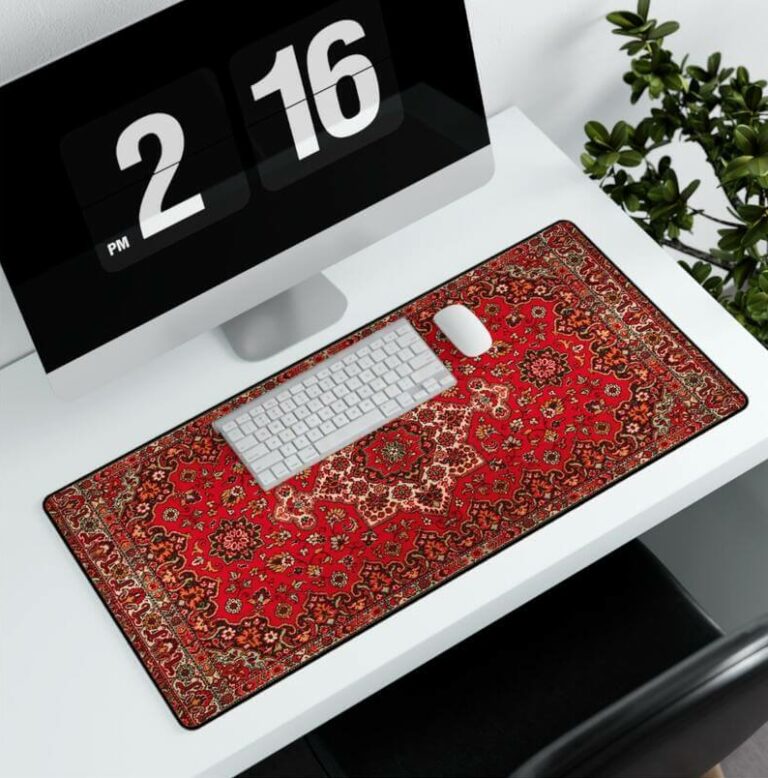
Enhancing Your Work Efficiency
Selecting Features that Boost Productivity
When optimizing your workspace for efficiency, the details of your ergonomic mouse pad matter. Features like wrist rests with temperature-regulating materials can keep you comfortable for longer periods, allowing for extended productivity. Also, some mouse pads come with antimicrobial surfaces which are beneficial if you’re sharing the workspace, as they help keep the area hygienic. For graphic designers or gamers, pads with high DPI (dots per inch) support may provide the extra precision required for their specific tasks. Choosing a mouse pad with the right features for your needs can make a significant difference in your work output.
Aligning Mouse Pad Choices with Job Requirements
Your profession can dictate the type of ergonomic mouse pad that will best suit your needs. For example, if your job involves frequent use of a computer mouse for precise tasks, consider a pad with a smooth, fine-grain texture to enhance sensor tracking. Conversely, if your work entails long hours of computer usage with less need for precision, prioritize a mouse pad with a comfortable, thick wrist rest to stave off fatigue. Aligning your mouse pad choice with your job requirements ensures that your tools enhance your work rather than hinder it.
Lifestyle and Ergonomic Mouse Pads
Considering Portability for Remote Work
In today’s mobile and remote work culture, considering the portability of an ergonomic mouse pad can be an important factor. If you’re always on the move, a lightweight, roll-up mouse pad with a slim profile could be the ideal choice for slipping into your laptop bag. Some ergonomic mouse pads are designed with travel in mind, coming with a travel case or designed to be easily flattened and stored. Remember, maintaining ergonomic practices is just as important outside of the traditional office to prevent strain and injury wherever you’re working.
Customization for Personal Preference
Look for customizable ergonomic mouse pad options to further tailor your workspace to your unique preferences. Some pads offer interchangeable wrist rests or adjustable inclines to change the angle of support. Additionally, mouse pads come in various colors and designs, allowing for personal expression in your work area while still focusing on comfort and precision. A workspace that reflects your personal style can boost morale and make the workday more enjoyable.
Ergonomic mouse pads represent a small investment that can have a major impact on your daily comfort and long-term health. By combining comfort with precision, these mouse pads cater to the needs of anyone spending significant time at a computer. Choose the right ergonomic mouse pad, position it properly, integrate it with other ergonomic products, and maintain it to ensure a workspace that supports both your health and your task efficiency.
